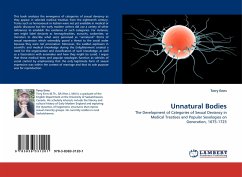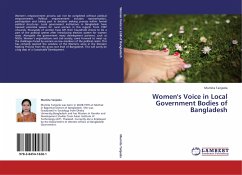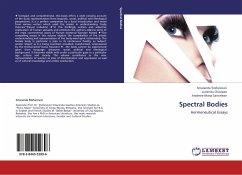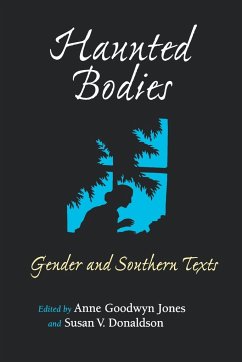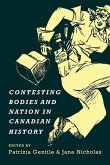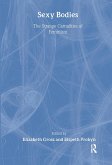This book analyzes the emergence of categories of sexual deviancy as they appear in selected medical treatises from the eighteenth century. Terms such as homosexual or lesbian were not yet available in medical or public discourse but the early modern writers did use a variety of other references to establish the existence of such categories. For instance, one might label deviants as hermaphrodites, eunuchs, sodomites, or monsters to describe what were perceived as unnatural forms of sexual expression which ostensibly posed a threat to the social order because they were not procreative. Moreover, the sudden explosion in scientific and medical knowledge during the Enlightenment created a need for the organization and classification of such knowledge, as well as a fascination with anomalies and how they might be cured. I argue that these medical texts and popular sexologies function as vehicles of social control by emphasizing that the only legitimate form of sexual expression was within the context of marriage and that its sole purpose was for reproduction.
Bitte wählen Sie Ihr Anliegen aus.
Rechnungen
Retourenschein anfordern
Bestellstatus
Storno

